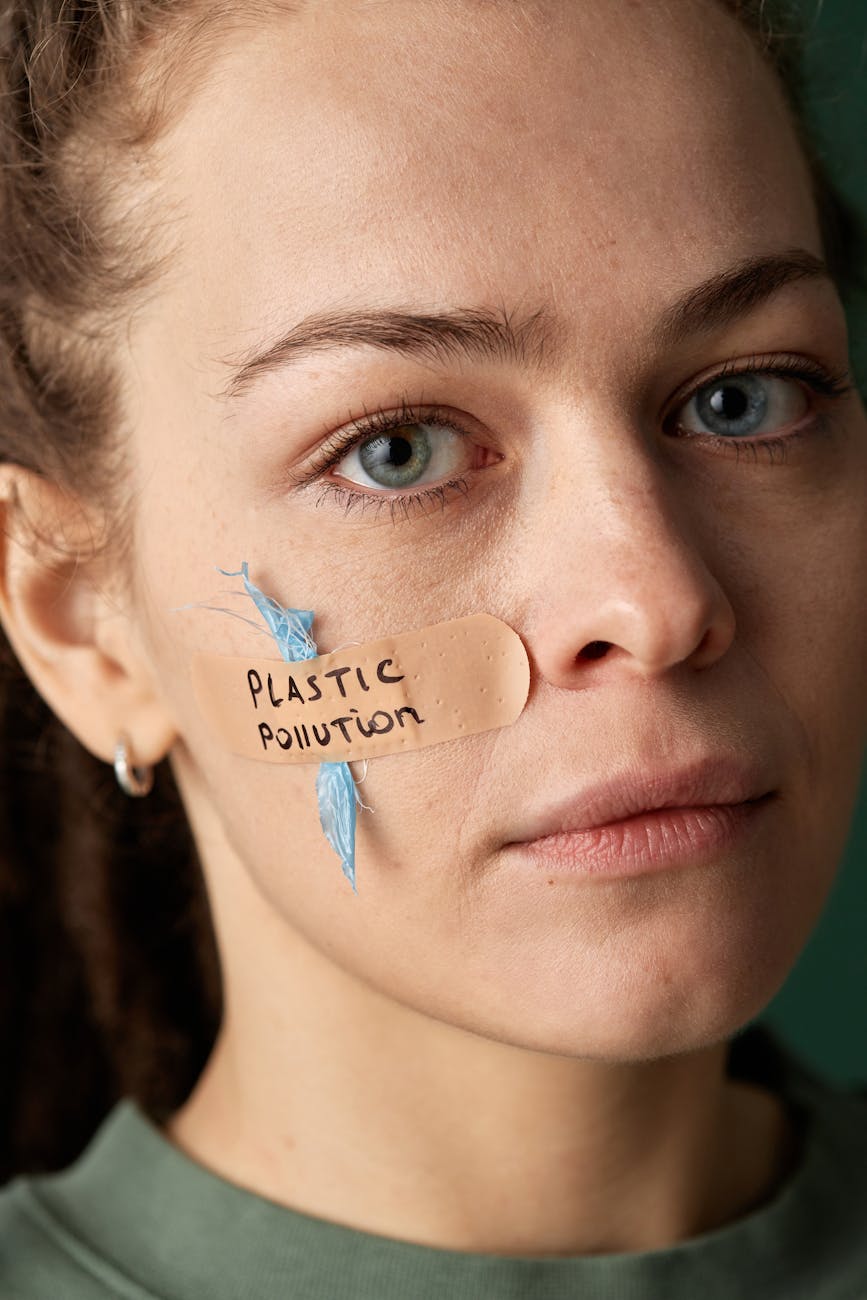Microplastics and Brain Health: The Invisible Threat
Your brain is under siege by invisible invaders – microplastics and nanoplastics – that silently weaken your IQ, erode memory, and cripple cognitive function.
If you’ve experienced brain fog, slow thinking, or memory lapses, these particles may be the hidden culprit. Left unchecked, they cause irreversible neurological damage.
What Are These Invaders?
Understanding the microscopic threat infiltrating our bodies and brains
The Scale of the Problem
Microplastics are plastic fragments sized 1–5,000 micrometers (μm) – comparable to grains of salt or turmeric. These tiny particles have permeated every corner of our planet, from the deepest ocean trenches to the highest mountain peaks.
Even more concerning are nanoplastics, measuring just 1–1,000 nanometers. These particles are 50–500 times smaller than microplastics and smaller than most viruses (20–400 nm). Their minute size allows them to easily cross the blood-brain barrier, the critical defense system that protects our brain from harmful substances.
Size Comparison
To visualize the scale: a human hair is about 70,000 nanometers thick. Nanoplastics can be as small as 1 nanometer – 70,000 times smaller than a human hair!
Shocking Evidence: Plastic in Human Brains
Groundbreaking research reveals alarming levels of plastic accumulation in our organs
Research Findings
University of New Mexico researchers (publishing in Nature Medicine) analyzed preserved brain, liver, and kidney tissues from deceased individuals spanning from 1997 to the present. Their findings reveal a disturbing trend:
Brains contain 8–10x more plastic than any other organ. Why? The brain is 60% fat, and plastic particles are fat-soluble. Dietary fats absorb them like a sponge, delivering them straight to your brain.
Most alarmingly, brains of dementia patients had 5–7x more plastic particles (30,000 particles/gram) than healthy brains (5,000 particles/gram). An average human brain (1.3 kg) holds about 6.5 grams of plastic – equivalent to a full credit card or 3 plastic bottle caps.
How Do They Enter Your Body?
The four primary pathways of plastic infiltration into our systems
Invasion Pathways
Food & Water
Bottled water contains ~240,000 plastic particles per liter. Tea bags release billions of nanoplastics. Packaged snacks shed plastic from packaging, and produce like apples and lettuce absorb plastics via contaminated soil/water.
Air
We inhale ~300+ microplastics daily from synthetic clothing, furniture, carpets, electronics, car tires, and plastic bags. Annual intake forms a stack twice the height of a giraffe. Over a lifetime? Up to a 1 km-high mountain of particles.
Skin Products
Anti-wrinkle creams contain ~1.48 million plastic particles per 50ml. Face creams (60%) and sunscreens (83%) contain microplastics that penetrate skin. These products are a significant source of direct exposure.
The Devastating Health Impacts
How plastic particles wreak havoc on our bodies and brains
Systemic Damage
Once inside, plastics travel via blood (found in 77–90% of donors) to organs, causing widespread damage:
Key Findings
Studies show that microplastics can remain in the human body for years, accumulating in vital organs and causing chronic inflammation, oxidative stress, and cellular damage.
Brain Damage
Nanoparticles cross the blood-brain barrier, causing neuroinflammation. They trigger oxidative stress → protein misfolding → neuron damage → reduced neurotransmitters (dopamine, serotonin). Effects include memory loss, slowed cognition, depression, and dementia. Mouse studies showed cognitive decline in just 3 weeks.
Heart Disease
Plastics embed in heart plaque, causing inflammation → clots → heart attacks/strokes. A 2024 study found heart patients with high microplastic levels had 2.1–4.5x higher risk of cardiac events.
Systemic Breakdown
Plastics promote tumor growth, destroy beneficial gut bacteria while increasing harmful bacteria → chronic inflammation. Over 3,200 toxic chemicals in plastics disrupt endocrine function and hormone balance.
Solutions: A 3-Pillar Defense Strategy
Protecting your brain from the microplastic invasion
Prevention
Reduce Exposure:
- Water: Use stainless steel bottles + home purifiers (blocks 50–80% particles)
- Food: Avoid plastic-packaged snacks, bottled drinks, and tea bags. Choose fresh, unpackaged produce
- Air: Invest in HEPA air purifiers
- Skin: Use plastic-free cosmetics (check EWG database)
Protection
Combat Inflammation:
- Curcumin (Turmeric): 750mg–1.5g/day (with piperine for absorption)
- NAC (N-Acetyl Cysteine): 500mg–1g/day (boosts glutathione)
- Green Tea Extract: 500mg/day (high in EGCG)
Blocks NF-κB pathway, reducing inflammation by 40–60%
Healing
Detox & Repair:
- Autophagy Activation: Fast 12–16 hours daily to trigger cellular “clean-up”
- Exercise: 30–45 mins, 5x/week (boosts BDNF for neuron growth)
- Neuro-Regeneratives:
- Bacopa Monnieri (Brahmi): 500mg/day
- Lion’s Mane Mushroom: 1g/day
The Uncomfortable Truth
Our plastic crisis in numbers
The Great Pacific Garbage Patch is twice Pakistan’s size – and four others exist globally. By 2050, the amount of plastic in the oceans is expected to exceed the number of fish.
Global Plastic Pollution
Every minute, the equivalent of one garbage truck of plastic is dumped into our oceans. This plastic breaks down into microplastics that enter the food chain and ultimately our bodies.
Reclaim Your Brain Health
Governments and corporations won’t save us. But you can fight back. Protect your brain – your most precious asset.
“One step at a time. Replace bad choices with better ones.”
Start today with one change – ditch plastic bottles, fast 12 hours, or add curcumin. Your brain will thank you.


Leave a Reply